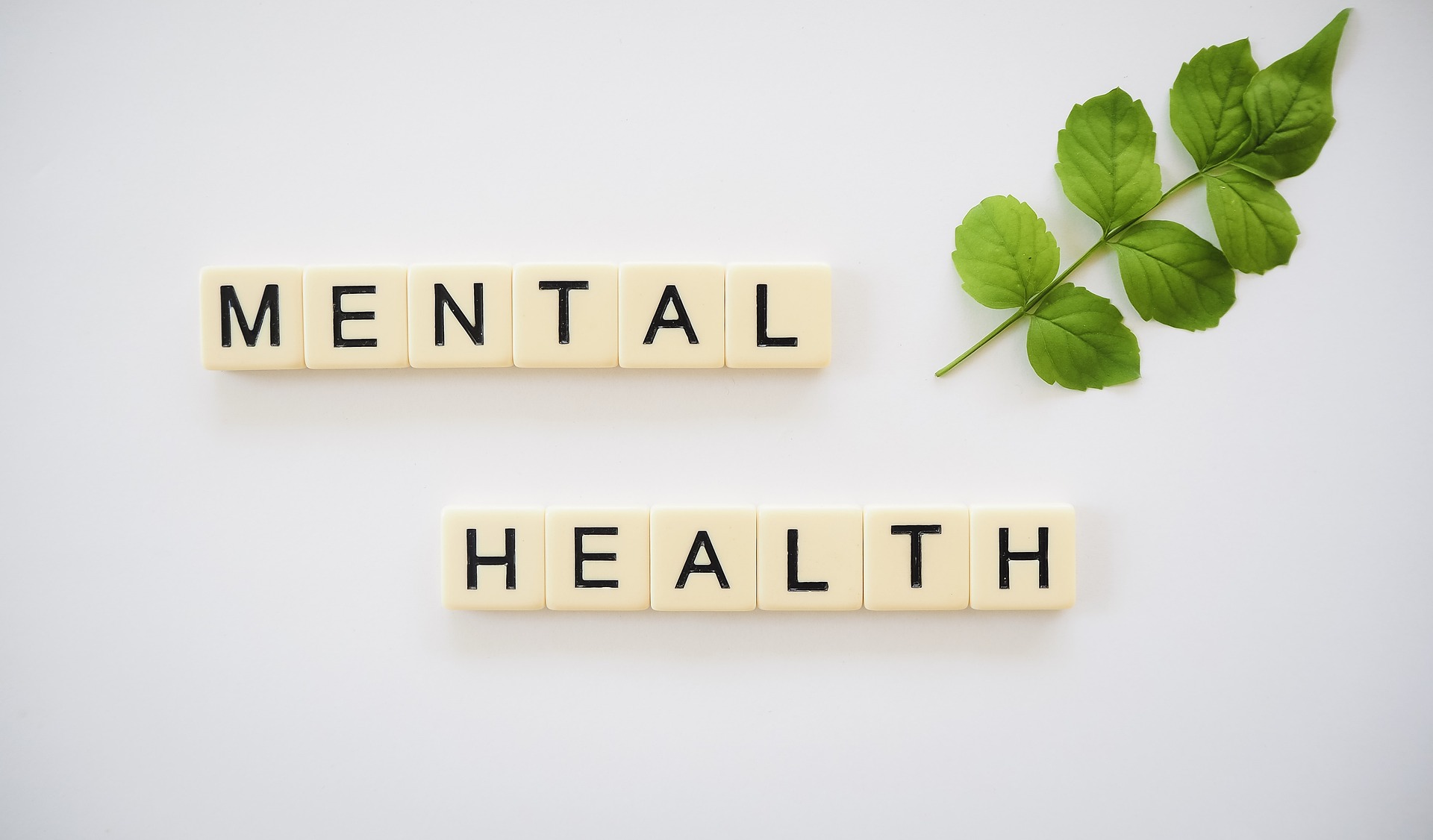Navigating the Maze: Understanding and Managing Anxiety Disorders
Anxiety disorders are one of the most common mental health conditions worldwide. They encompass a wide range of conditions, including generalized anxiety disorder, panic disorder, social anxiety disorder, and specific phobias. While everyone experiences anxiety to some degree, for those with anxiety disorders, these feelings are persistent, excessive, and interfere with daily life. Understanding anxiety disorders—their causes, effects, and treatments—is crucial for those suffering from them and for those looking to support loved ones. In this article, we delve into the historical context and current relevance of anxiety disorders, explore current trends and impacts, and provide unique insights into managing these conditions.

A Historical Perspective on Anxiety Disorders
Historically, anxiety has been viewed through various lenses, reflecting the evolving understanding of mental health. In ancient times, anxiety was often attributed to supernatural causes. Hippocrates, the Greek physician, was one of the first to suggest that anxiety could be a medical condition, linking it with the imbalance of humors in the body.
Fast forward to the 19th century, Sigmund Freud, the father of psychoanalysis, played a pivotal role in defining anxiety as an emotional response to perceived threats, leading to the term ‘neurosis’. However, it was only in the mid-20th century that anxiety disorders were formally recognized by the medical community. The Diagnostic and Statistical Manual of Mental Disorders (DSM), first published in 1952, included anxiety neurosis as a distinct category, paving the way for more focused research and treatment.
The Prevalence and Impact of Anxiety Disorders Today
Today anxiety disorders are recognized as a significant public health concern. According to the World Health Organization, about 264 million people worldwide suffer from anxiety disorders. This has a profound impact not only on individual lives but also on the economy, with billions of dollars spent annually on healthcare and lost productivity.
Anxiety disorders can lead to a host of physical symptoms, including headaches, stomach issues, and heart problems, in addition to psychological distress. They can also contribute to other mental health issues such as depression and substance abuse. The COVID-19 pandemic has further exacerbated anxiety levels, with the uncertainty and isolation leading to a surge in cases.
The Current Approach to Treating Anxiety Disorders
The understanding and treatment of anxiety disorders have evolved significantly over the years. Early treatments such as Freud’s psychoanalysis gave way to more evidence-based approaches, primarily cognitive-behavioral therapy (CBT) and pharmacotherapy.
CBT has been found to be particularly effective in treating anxiety disorders. This form of therapy focuses on identifying and changing negative thought patterns that lead to anxiety. Medications, such as selective serotonin reuptake inhibitors (SSRIs) and benzodiazepines, are often used in combination with therapy.
In recent years, there has been a growing interest in alternative treatments. Mindfulness-based interventions, including meditation and yoga, are being increasingly recognized for their potential in reducing anxiety. Research also suggests that lifestyle changes, such as a healthy diet and regular exercise, can play a crucial role in managing anxiety disorders.
The Role of Technology in Managing Anxiety Disorders
Technology has shown potential in revolutionizing mental health care, including the treatment of anxiety disorders. Apps offering cognitive-behavioral therapy, mindfulness exercises, and other resources are becoming increasingly popular. They provide an affordable and accessible alternative to traditional therapy, particularly for those in remote areas or with limited access to mental health services.
Moreover, the use of virtual reality (VR) in exposure therapy, particularly for phobias and post-traumatic stress disorder (PTSD), is gaining traction. By creating controlled environments, VR allows individuals to confront their fears in a safe and controlled manner.
Moving Forward: De-stigmatizing Anxiety Disorders
Despite the prevalence and impact of anxiety disorders, stigma and misunderstanding remain significant barriers to seeking help. Many people with anxiety disorders do not seek treatment, often due to fear of judgment or misunderstanding about the nature of these conditions.
Therefore, raising awareness about anxiety disorders, their symptoms, and treatment options is crucial. Education can help debunk myths and misconceptions, promote empathy, and encourage those struggling to seek help.
In conclusion, while anxiety disorders pose a significant challenge, our understanding and ability to manage these conditions have come a long way. The future holds promise for more effective and accessible treatments, driven by technological advancements and a growing understanding of mental health. Yet, the key to unlocking this potential lies in continuing to educate, raising awareness, and breaking down stigmas associated with mental health.




